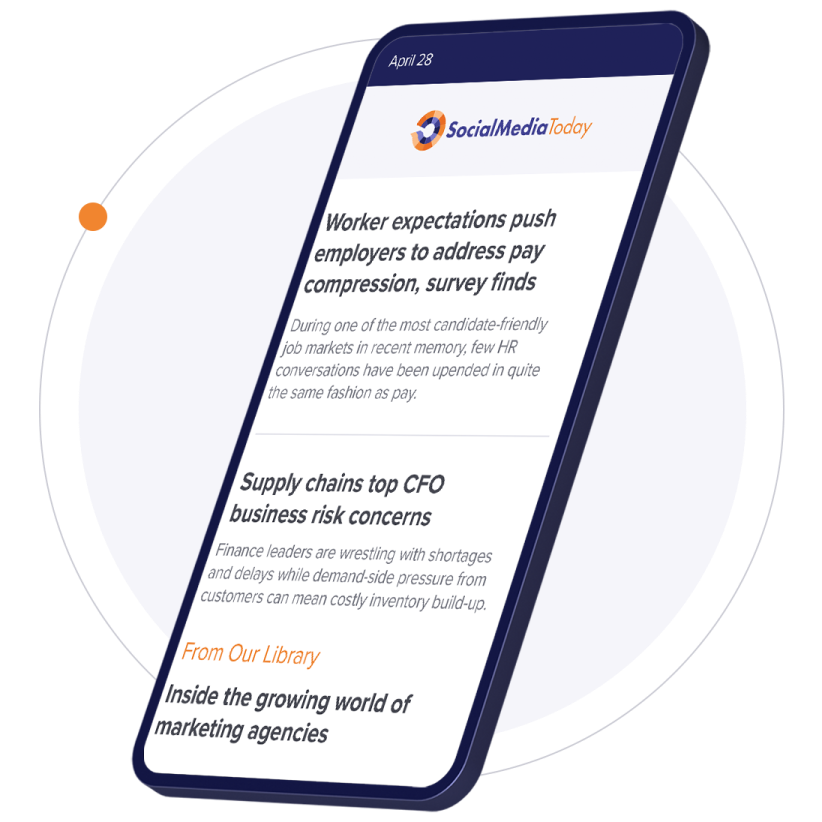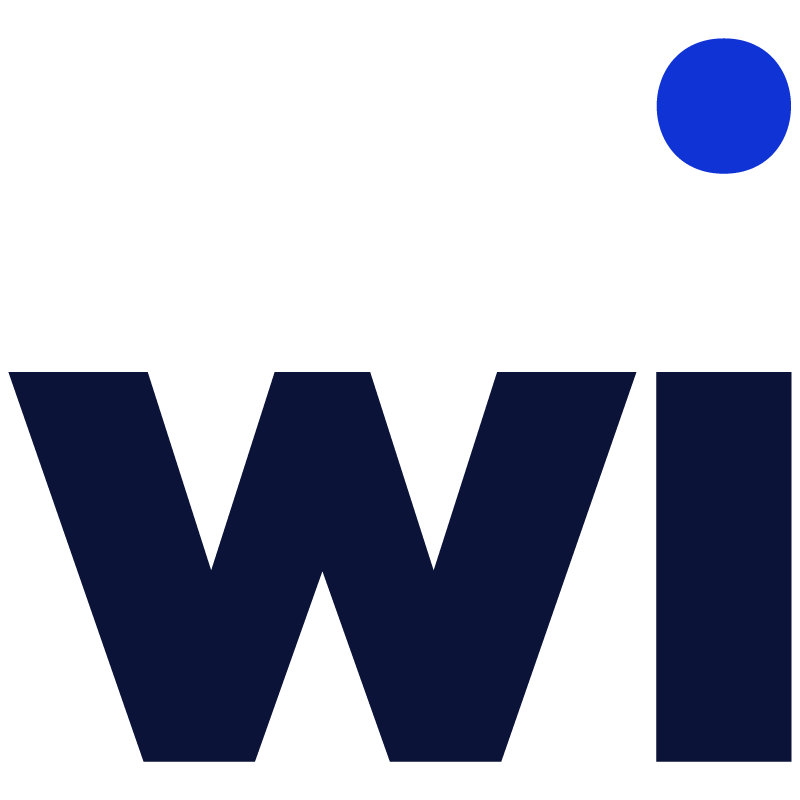An agile organization is different. An employee that flourishes in an agile organization is different. The techniques for finding and retaining agile employees are different.
So first, what is agility?
Agility as a software development methodology is based upon a belief that it is impossible to demand certainty in the face of uncertainty.
There are many forms of agile development. Scrum, Extreme Programming and other agile methodologies are characterized by continuous adaptation to changing market realities and that solutions become clearer over time. Agile software development teams are typically small and are empowered to create high-quality work without command and control oversight. An agile team cycles rapidly, adapts to new realities and acts quickly to exploit a given situation.
Companies that embrace agility as a software development methodology find that agile philosophies often trickle into other areas of the business.
"You attract a different type of employee when you 'macromanage' instead of micromanage," said Kelly Manthey, partner in Solstice Consulting (http://www.solstice-consulting.com), a Chicago-based technology and management consulting firm. "Agile leadership sets clear direction and trusts people to figure out the best way to meet organizational goals. Agility is built on the idea that goals and constraints encourage innovation. Micromanagement does not. We need people that can handle that responsibility.â€
"Soft skills and project management skills are both extremely important," Manthey said. "We are change agents. In order to deliver positive change our consultants need to have the people skills required to influence others. No two clients are the same so it is imperative that our consultants have the know-how to take what they know and develop a solution that considers a client's environment. Our solutions are not one-size fits all."
Even Solstice's internal team is hired for their ability to manage change.
"We reward our internal people. We put them in charge of initiating change. For example, our Director of Operations is really wearing a lot of hats right now. She's doing accounting, invoicing and filling in to support the partners. As we evolve, more things are being passed onto her. But we involve in where she wants her career to go and we listen to the recommendations she has. We've now made each person a part of initiating change to mitigate opposition to rule-changing because the change has come from them. We've made the individuals responsible for changing the environment."
Every Solstice consultant is also responsible for recruiting as well. This unconventional method of bringing in new talent ensures that everyone has a stake in the company's well-being. This tactic brings both positive and negative results. The negative results stem from the fact that standards for compensating people for their recruiting efforts need constant evaluation based on the situation. "What motivates one person to reach into their network and refer a top performer to serve one of our clients, does not motivate everyone," said Manthey.
To make sure their consultants have the ability and agility to move fluidly between different positions and respond positively to change, Solstice provides rigorous and realistic training.
"The extensiveness of the training may depend on an individual's background and the role they are in or targeted to fill," Manthey said. "Many of our on-the-job programs ensure there is a support system in place to mentor and manage the individual. Our consultants are self-starters and are often required to drive their own work effort. In this training model we are able to assess the coaching that may be necessary to get an individual to where they need to be to represent Solstice Consulting in client delivery."
"Our staff learns by doing," Manthey said. "In addition to formal training on a specific topic, our people learn through hands-on mentoring programs. We provide more junior staff the opportunity to gain on-the-job experience as interns. Our internship program grooms the next generation through hands-on experience and real project responsibilities and accountabilities."
If there is one thing that Solstice looks for in consultants when hiring, it's motivated individuals who are willing to take the initiative but that can also take direction when necessary.
In addition to on-the-job training, Solstice strongly encourages personal development via other routes. This is to ensure that their professionals are well-rounded and capable in every facet of the business.
"Solstice places a large emphasis on continuing education and certification across all four of our domains - business analysis, technology architecture, project delivery, and change management," Manthey said. "In addition, our consultants demonstrate their expertise in various fields through various publications and speaking engagements."
While Solstice does provide direction for their employees in their careers, they also provide an environment of continuous learning that allows for flexibility in the long-term and provides the option of moving across domains. In an industry that is in a continuous state of change, Solstice makes sure its talent is just as progressive.
"We're a small company as far as consulting companies go," Manthey said. "We don't have multiple layers of management. In fact, we have one layer of management - the three partners. To keep work interesting we can't pigeon-hole a person. We provide the flexibility for our people to decide how they want to progress in their career. There are paths for subject matter experts to increase their responsibility by running and own projects. This is the faster way to move into a partner role."
But even the lines down these paths are a little blurred as people can maneuver between paths and pursue different tracks at the same time.
"Subject matter expertise is determined based on a person's current background as well as their desire to expand their knowledge base in one area or another," said Manthey. "For example we have project managers with PMI certifications that want to continue to utilize their knowledge in a project manager role for our clients. On the other hand we have PMs that have a desire to translate their capabilities to growing our business, focusing less on project specific work and more on Solstice Consulting as a whole. As these people progress their day to day activities shift from managing the details of one project to managing several clients and PMs at the account level. At the account level, our consultants are able see new opportunities and become part of the sales cycle for securing the new business. Becoming an active participant in the sales cycle is the first step in the partner track."
"When you help your clients become more agile, everything about your own culture must scream agility as well," said Manthey. "Our ability to be agile is really about how quickly we embrace change. If you think about it, every IT project, at some level, is about change management. Successful IT projects change behavior. The work we do forces people to abandon things that are less inefficient and move to things that are more efficient."
Yet Manthey also believes that many organizations try to change too quickly.
"Rapid change is threatening because people tie their identities to their jobs. Iterative development is one of the ways we help organizations change slowly. Each iteration is generally small. We try to make each iteration easily digestible so it doesn't threaten the people who are most impacted by the change."
Getting people to change is also about helping change opinions and viewpoints. If people can see the importance of change, it is easier to change behavior.
"In projects for clients, change management is a critical yet often over-looked piece of project delivery," Manthey said. "Our employees must all understand how to think about change and have the empathy to understand how change will impact the end-user or stakeholder right from the start."
"Our architects take a holistic view of a client's enterprise architecture when developing a project recommendation," Manthey said. "We aren't in the business of thinking inside a silo to develop a solution. Our solutions are scalable and adaptable so that as a client's technology environment changes they can add to existing infrastructure without re-work. Our approach is simple, analyze the existing environment, understand the requirements of the project, and develop an architecture recommendation that allows scalable growth within the existing environment."
Our philosophy is one of engagement and marketing - we engage those impacted by marketing the features and benefits of the project/technology as relevant to them. This approach benefits the project team by creating excitement and anticipation in the end-user community and preparing those impacted by the change.
By finding ways to be more agile, communicate better and grow talent across boundaries, Solstice consultants are better-prepared to serve the client and more apt to be happy and productive.
"Our people are the company," Manthey said. "We develop each person to not only better serve our clients, but to keep people passionate about what they do."
Link to original post








